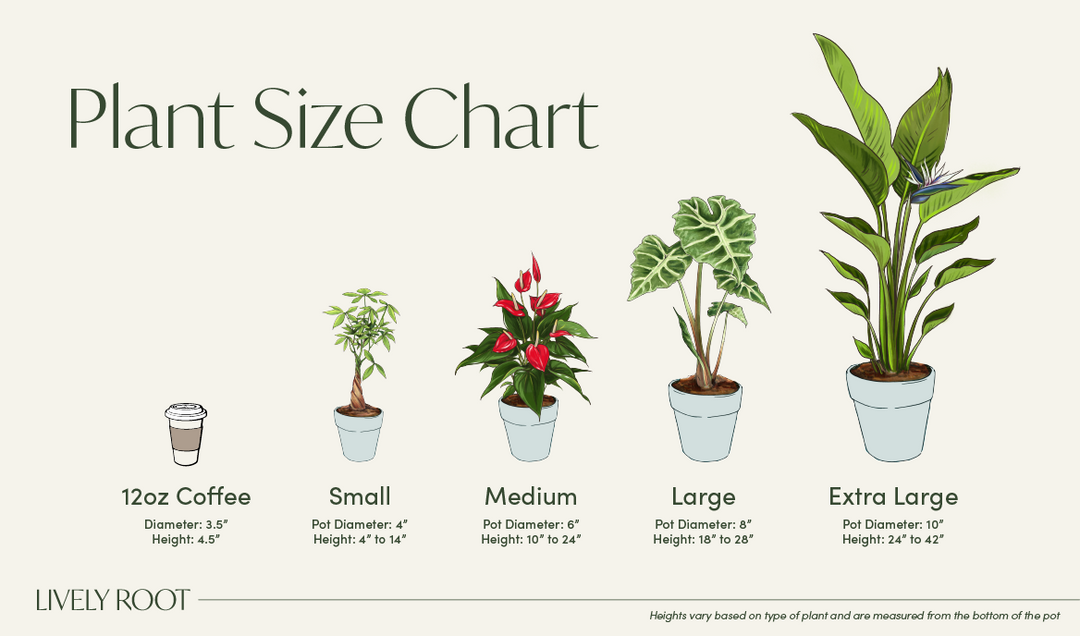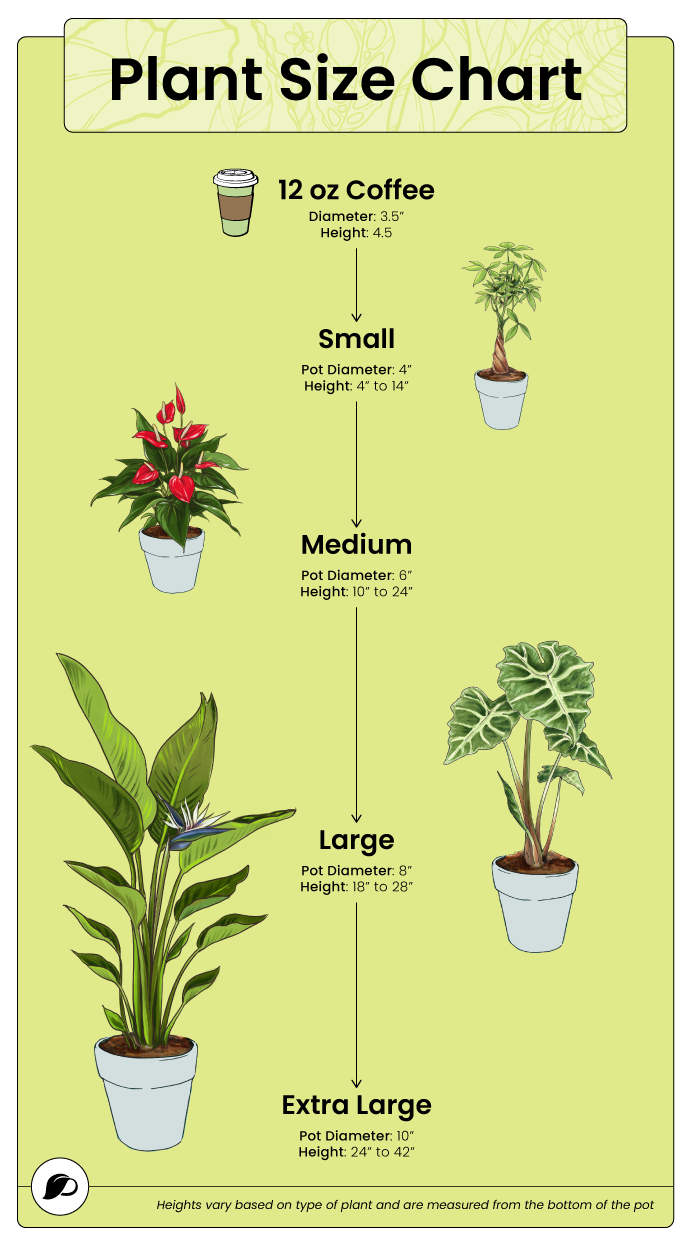Indoors:
To bring indoors for colder climates: Place in a container deep enough to contain the root system. Use well-draining potting mixes such as cacti and succulent mix. Re-pot every two to three years or if the roots are beginning to get crowded. Re-pot in the spring, using a 2 inches bigger pot with drainage holes to keep the roots drier. Place a piece of screening at the bottom of the container over the drainage hole to secure the soil and allow to drain. Keep consistently moist but not soggy. Place in a bright area in a southern or mixed exposure.
Outdoors:
After the last frost date (in planting zones lower than zone 9), plant the New Zealand flax in the spring. Choose a full sun (6-8 hours) to part shade area. Cultivate the native soil for good drainage with organic matter like compost and sand with slightly acidic soil pH. Be generous by digging a hole twice the pot's width and 1 inch shorter than the grower pot to raise above the soil level for good drainage. Use a pitchfork or a sharp object to stab the soil walls to make several indentions for the roots to take hold. Tickle the roots to loosen them if they wrap inside the container. Place the plant in the center of the hole. Fill the hole with water first, so the roots get another good drink. Next, backfill with native soil mixed with compost by one third to one half (if the native soil is clay). Add a rooting hormone fertilizer to this backfill mixture. Tamp the soil firmly down around the edges and mound up. Avoid covering the original soil level of the plant that was in the container. Add organic mulch as needed but not next to the leaves of the plant. Water lightly. Continue to observe the soil moisture each day, depending on the temperatures and soil drainage. The soil needs to remain moist but not soggy during the growing season and until they get established. Let dry on the top a few inches between waterings.




